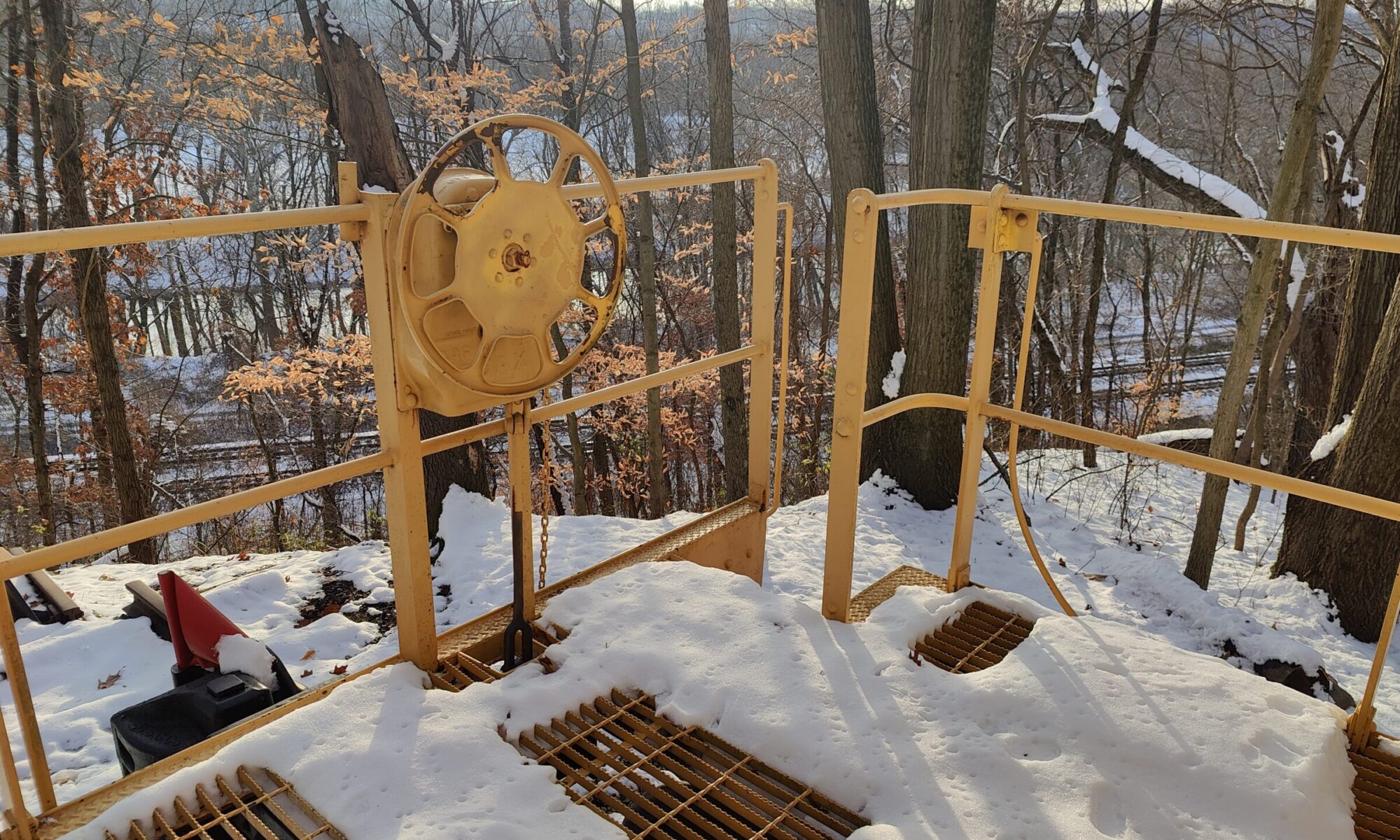
On a recent trip near Wooster, Ohio, we discovered a fascinating piece of railroad history—a wood-sided caboose from 1926, now on display at the Smithville Community Historical Society. While the museum website identifies it as a Baltimore & Ohio (B&O) car, it was most certainly built for the Chesapeake & Ohio (C&O).
The Case for C&O Heritage
The distinctive body style and trucks (marked with C&O castings dated 1925) of the Smithville caboose make clear its C&O origins. But why the B&O attribution? Here’s the twist:
In the 1970s, the C&O refurbished and leased or sold dozens of its older wooden cabooses to the B&O, likely for secondary duties like work trains or local freight service. This caboose may have been part of that migration, eventually finding its way to Smithville after retirement. So, while it might have ended its career on the B&O, it was most certainly born on the Chessie.

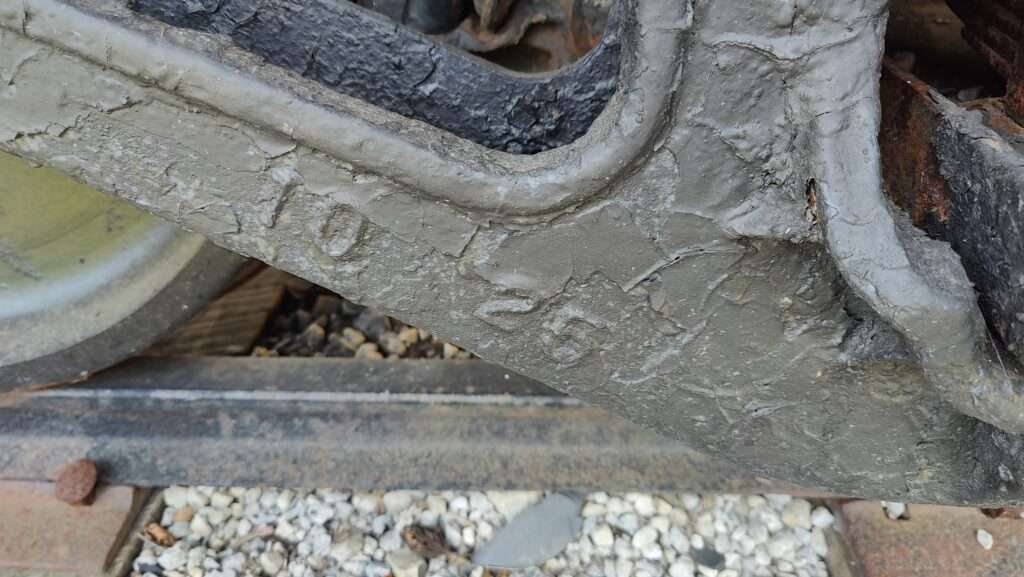

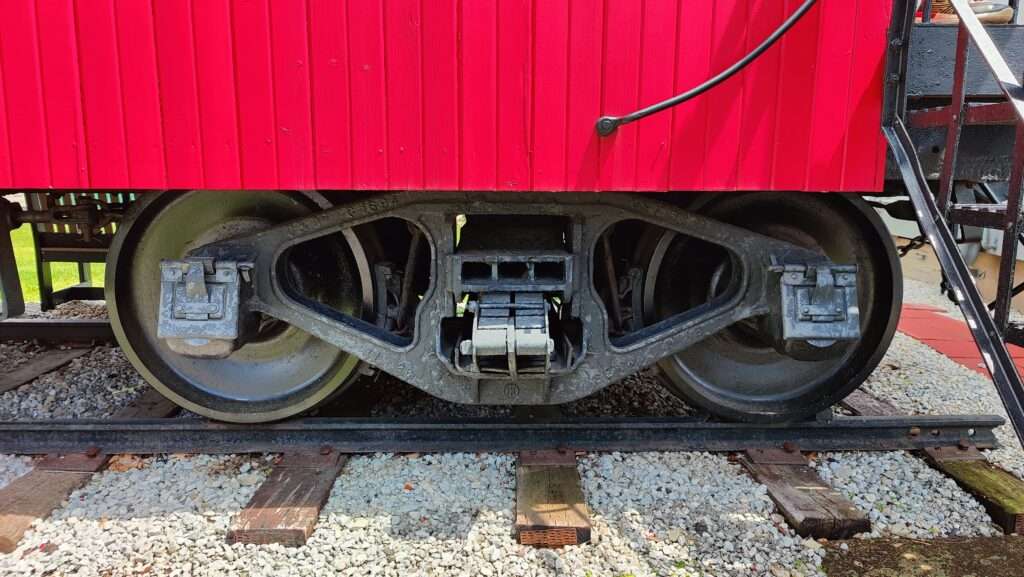
A Brief History of C&O Wooden Cabooses
According to the C&O Historical Society, wooden cabooses like this one were phased out from mainline service around 1950, replaced by newer steel cars (like the 90200-90350 series). After that, many continued working on branch lines, coal mine runs, and secondary trains. Some were even rebuilt with plywood siding over their original tongue-and-groove walls. A few even survived into the Chessie System era.
The 90700-series cabooses have been of particular interest to preservationists—one example, C&O 90776, was beautifully restored and on display at the Kokosing Gap Trail in Gambier, Ohio. We’ll share more about that caboose in a future post!
Narrowing Down the Number
According to Dwight Jones’ book C&O/B&O Cabooses Display and Private Owner Cars III, this caboose’s construction date (mid-1920s) places it in C&O’s second-generation wooden cabooses, numbered 90619–90998. These cars were built between 1924 and 1929 at various C&O system shops, replacing earlier designs with improved features.
Thanks to some internet sleuthing and a little help from the Smithville Community Historical Society we have a number fo this car: C&O 90850. It’s working history is still a bit of a mystery, but based on what we know of these cars, it probably looked something like this:
- Mainline service until ~1950 (when steel cabooses took over).
- Branch line or coal mine duty in the 1950s–60s.
- Possibly rebuilt with plywood siding (common for aging wood cars).
- Transferred to B&O in the 1970s before final retirement.
After Retirement
In the 1970’s, the caboose was purchased by Arthur Davis of Wooster, Ohio. It was later sold to Arden Ramseyer and moved from Wooster to Smithville, Ohio(1976). Once in Smithville, the car was repainted to represent a Wheeling and Lake Erie caboose and wore the number 197600. It was later acquired by the Smithville Community Historical Society, which continues to maintain this wonderful example of 20th-century railroading.
The Caboose Today
Today, the caboose, repainted red without markings, serves as a display space for the museum’s antique toy collection. Though its interior is gone, the structure remains remarkably solid for its age, with only a rusted poling pocket betraying its century of service. Cosmetically, the caboose is in great shape for a nearly 100-year-old survivor!
Why does any of this matter?
Few C&O wooden cabooses survive, and even fewer retain traceable histories. Each one helps tell the story of transitional-era railroading, when wood gave way to steel, and cabooses shifted from necessities to relics.
Do you recognize the Smithville caboose?
Next Stop: More field trip discoveries ahead—stay tuned!
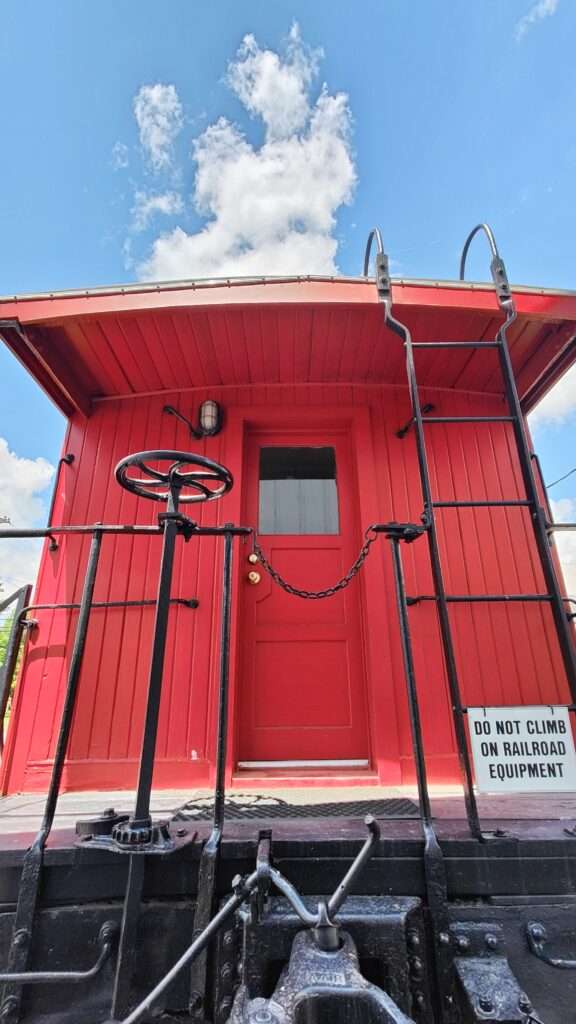

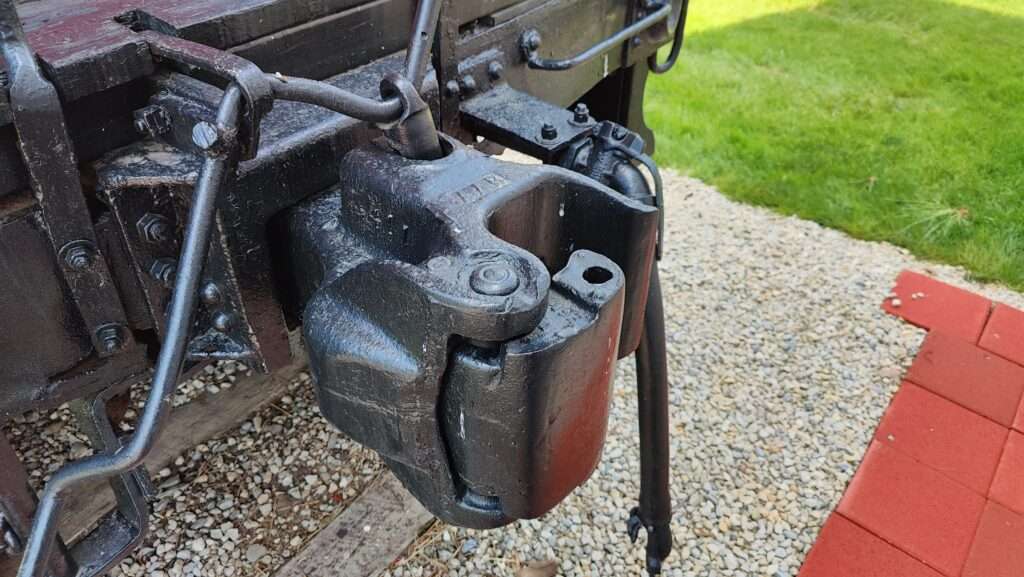
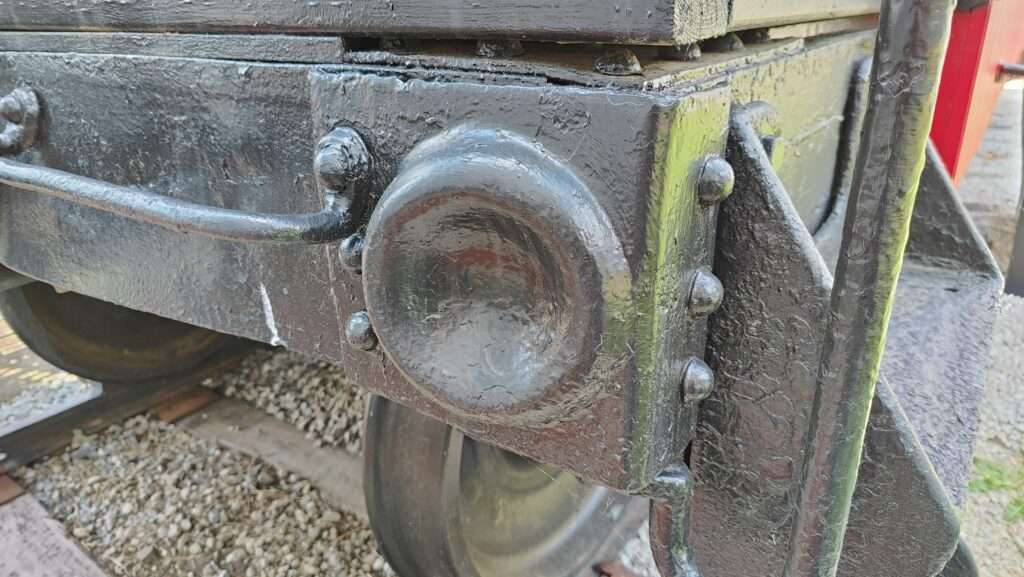

https://sohchs.org
381 Main Street, Smithville, OH
